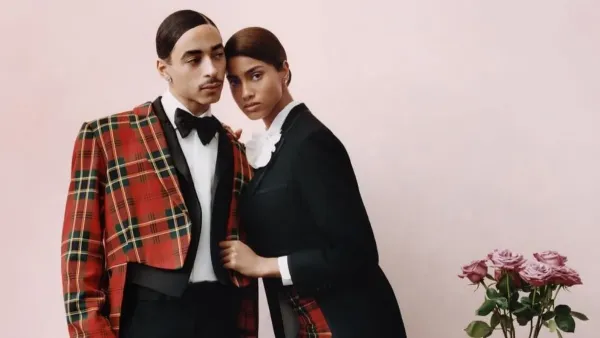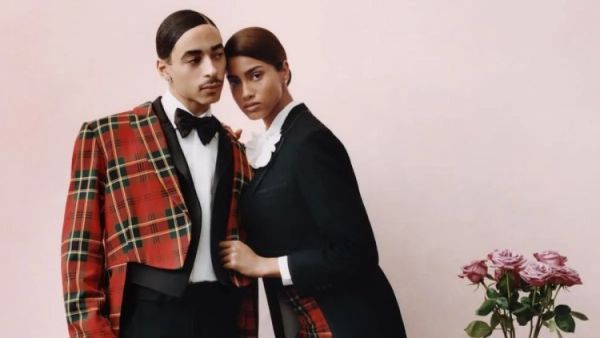
On May 6, 2025, the Met Gala, one of the most prestigious fashion events, finally took place in New York. The star-studded evening was a breathtaking demonstration of glitz, elegance, and refinement on the recognizable blue carpet.

The topic for this year, ‘Superfine: Tailoring Black Style,’ which was revealed on October 9, 2024, is expected to be revolutionary. Inspired by Monica L. Miller’s book “Slaves to Fashion: Black Dandyism and the Styling of Black Diasporic Identity,” the show, which focuses on the Black dandy, will explore how fashion and attire affect Black identities across the Atlantic diaspora.
It is anticipated that this year’s Met Gala will be a celebration of uniqueness, identity, and craftsmanship due to its emphasis on Black style and sartorial narrative. Let’s examine the definition of black dandyism.
Black Dandyism: What Is It?
Originating in the 18th and 19th centuries as a reaction to social pressures, Black Dandyism developed into a resistance identity. African Americans passionately honored their rich cultural heritage, questioned social norms, and asserted their independence via dress. Elegant clothing, such as fitted suits, striking patterns, and accessories like bow ties, hats, and pocket squares, were hallmarks of this era. Black dandies used dress to show their individuality, fight marginalization, and make a statement.
Their elegant outfits, which stand for perseverance, cultural pride, and self-expression, never cease to inspire. The name ‘Black Dandy’ was therefore coined to characterize guys who were passionate about aesthetics and who embraced it as a way of life, mindset, and confidence. It served as a positive validation of Black people and their goals. However, the phrase became derogatory when used by white people, who made fun of Black people for striving for sophistication and refinement.
Black dandyism is “a strategy and a tool to rethink identity, to reimagine the self in a different context,” according to Ms. Miller. to really test the boundaries of what and who is considered human, particularly during the period of servitude.
Based on Zora Neale Hurston’s 1934 article, the event is said to examine the Black dandy identity via twelve distinguishing characteristics. ‘Ownership,’ a moving exhibition of the possessions of a Maryland slave from the 19th century, opens the trip. Then, it will also include notable pieces by Black designers, such as Virgil Abloh, the originator of Off-White, and Pharrell Williams, the Men’s Creative Director at Louis Vuitton. In addition, several well-known fashion designers will be highlighted for their contributions to contemporary menswear. The exhibition redefines the fashion narrative by focusing on Black designers and celebrating Black style as a driving factor behind menswear advances.